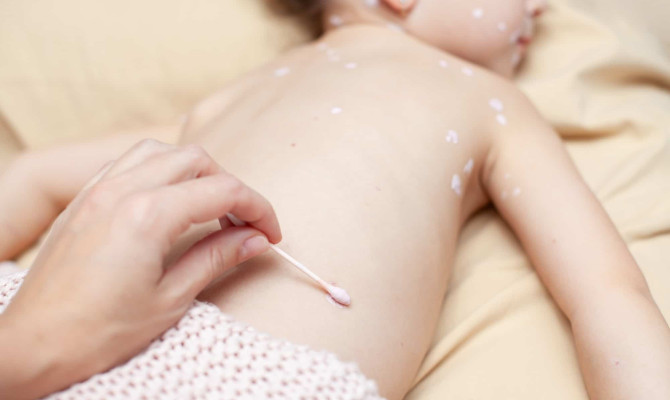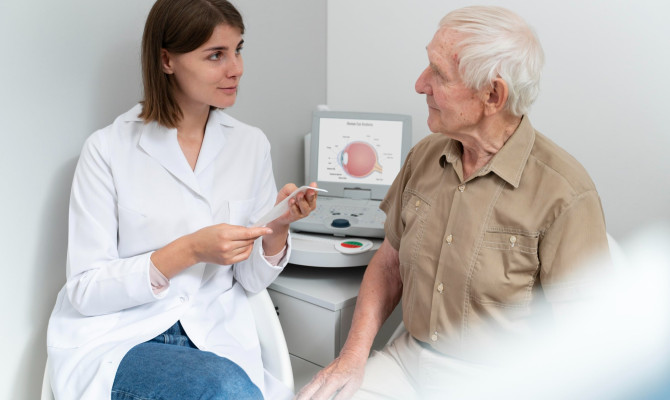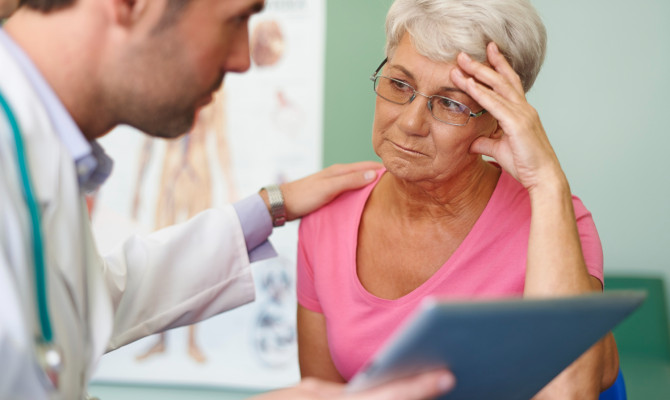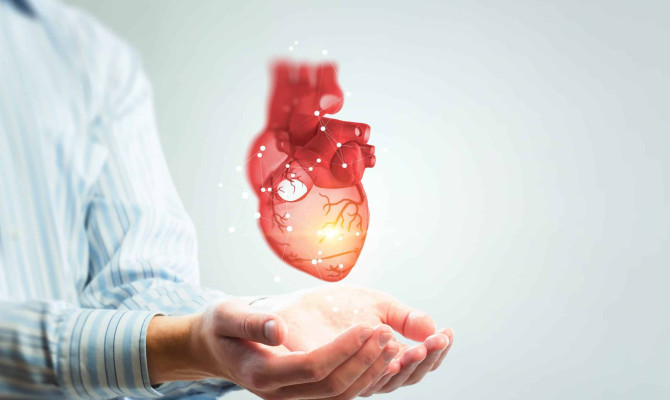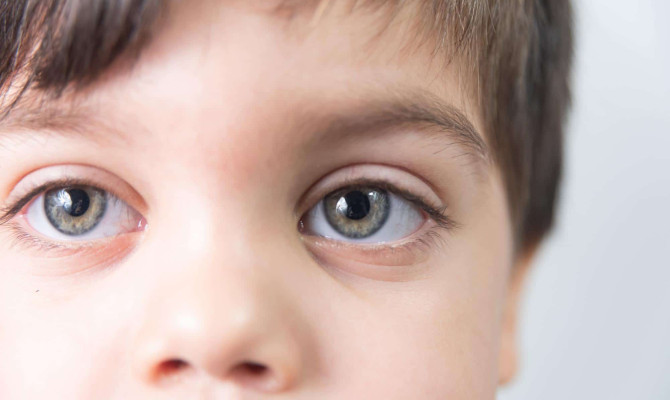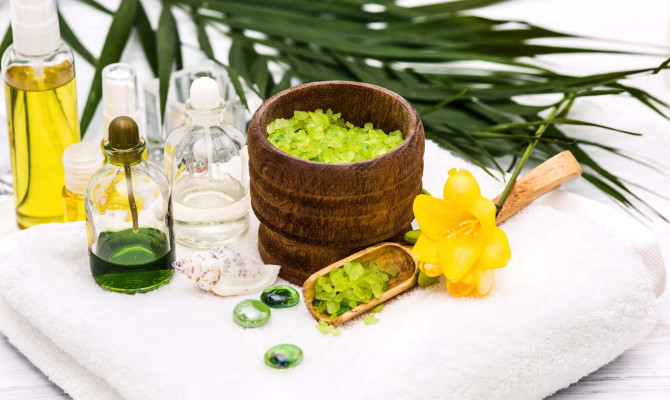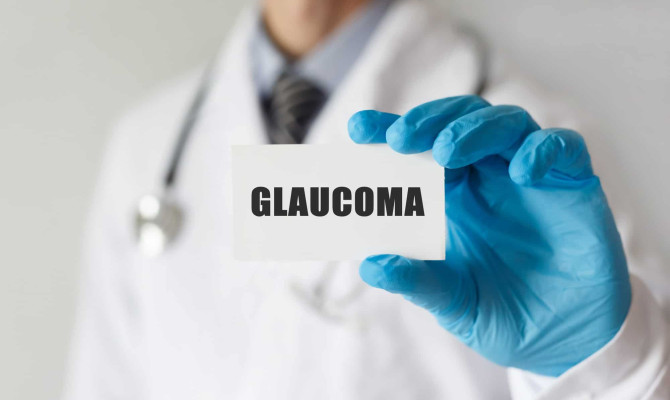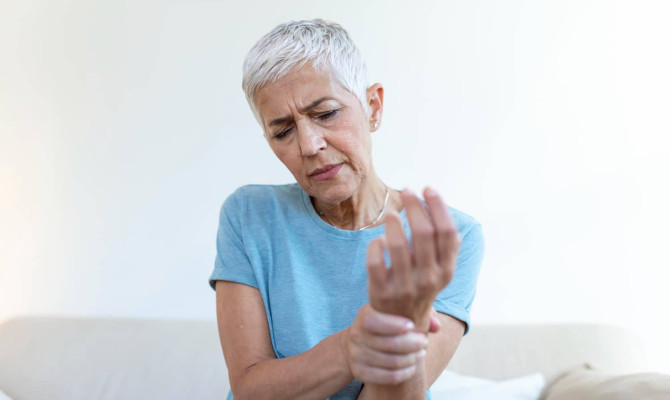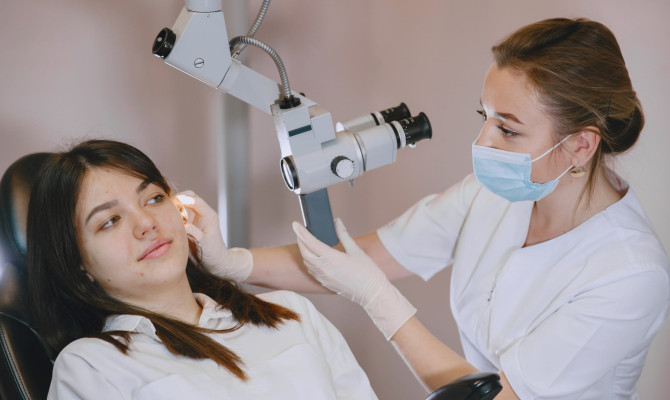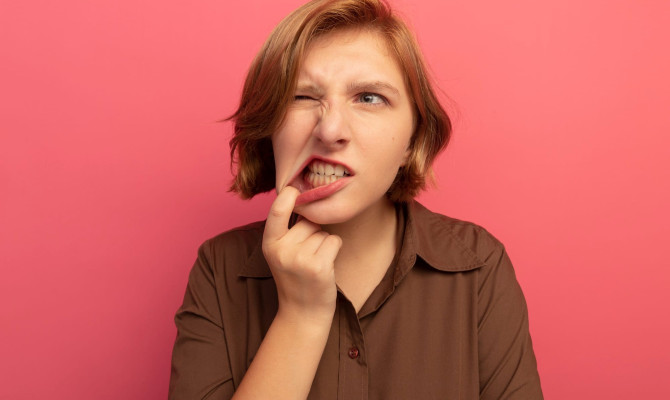Pilonidal Cyst: Causes, Symptoms, Treatment and Prevention

- Pilonidal Cyst
- 27 Sep 2023
Overview
What is Pilonidal Cyst?
A pilonidal cyst is an extremely small pocket-shaped sac, which is usually found to develop on the skin near the tailbone and just above the buttock section. This is also referred to as a skin disease which can happen in an individual’s crease section of the tailbone area. It is found to occur anywhere from the tailbone to the anus.1Overview| Researched based study from Clevelandclinic.org
This abnormal pocket-shaped sac often carries fragments of skin, stuck with hair along with it. The major reasons behind it can be dependent on various reasons, especially if it has any association with bacterial infection. One of the causes of it can be due to excessive sweating near the buttock area or it can be due to some injury.
This is most commonly found to occur in those people who have a genetic predisposition to increased pubic hair growth on the buttock area, mostly found to occur in men, and it is generally swollen, painful, and in severe cases can be infectious too.
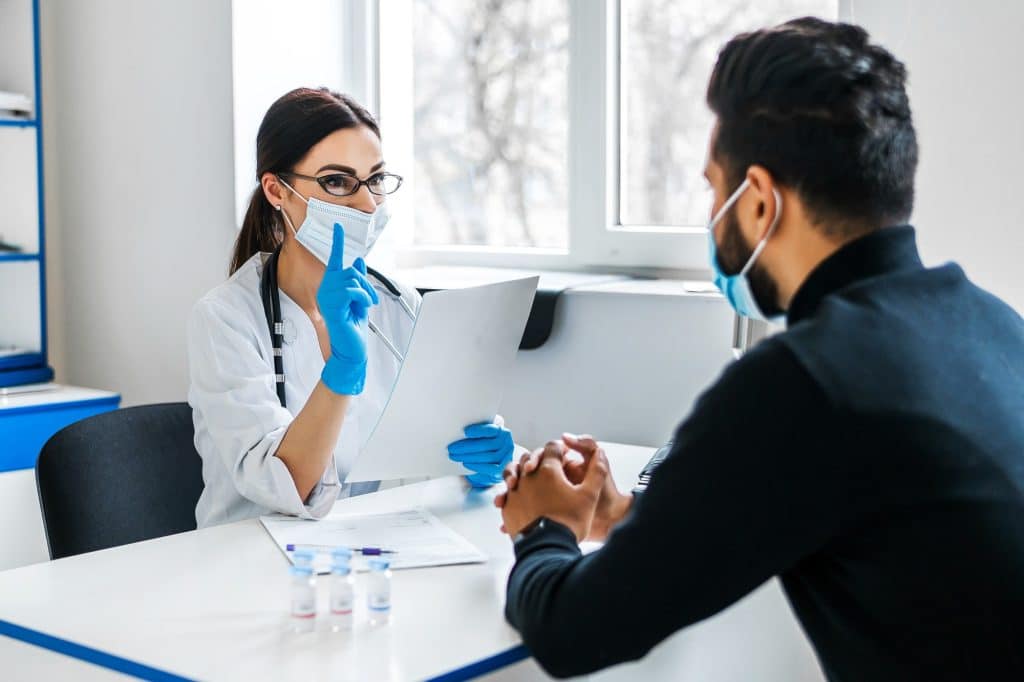
Prevalence
What is the prevalence of Pilonidal Cysts?
Different populations and geographical areas can have different levels of pilonidal cyst prevalence.
- An estimated 26 out of every 100,000 people in the general population are thought to be affected by the condition.8Prevalence| Researched based study from Nlm.nih.gov However, some subgroups may have a higher prevalence than others.
- Young adults between the ages of 15 and 30 are more likely to develop pilonidal cysts. Males are more likely to have the condition than females are, with a male-to-female ratio between 2:1 and 5:1. There may be hormonal, anatomical, and behavioral explanations for this gender disparity.
- Pilonidal cysts may also be more common in certain jobs or activities that require extended sitting or repetitive trauma to the tailbone region. Military personnel, truck drivers, cyclists, and horseback riders, among others, may be more vulnerable.
Causes
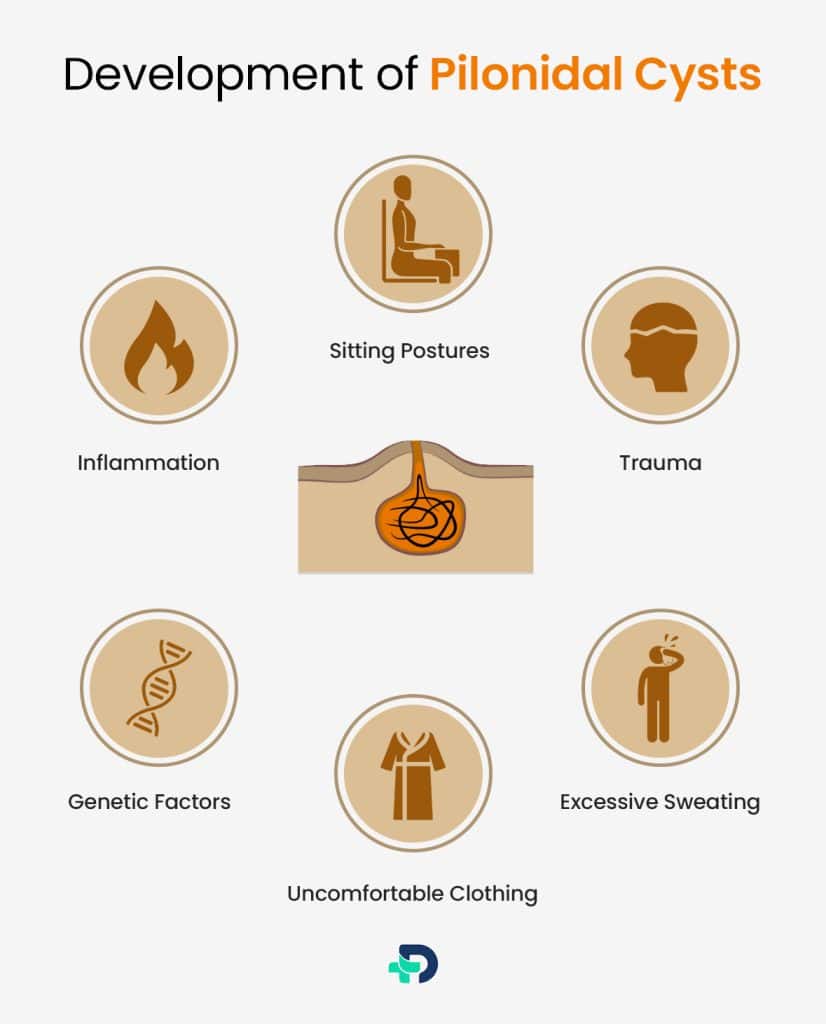
What are the underlying reasons behind the development of Pilonidal Cysts?
To identify the exact cause behind Pilonidal Cyst is a hard nut to crack. By looking at some of the well-known reasons listed below, we may learn a lot about the underlying causes of cyst development. These includes:
- Sitting postures
- Inflammation
- Trauma
- Sitting for long hours
- Excessive sweating
- Tight fit clothes
- Genetics
Sitting Postures
- Sitting or bending the stretches, the skin around the tailbone area sometimes causes hair breakage. These broken hairs along with the outer layer of skin, known as dead skin cells, get penetrated under the skin while the individual is performing any movement. The immune system reacts to it by perceiving them as external foreign material and forms a cyst that later fills with fluid.2Causes| Researched based study from Kidshealth.org
Inflammation
- The person may have skin irritation and inflammation which may be caused by pressure build-up on hair follicles, which causes abnormal growth of hair, resulting in cysts formation.
Sitting for prolonged duration
- For people who have a desk job and require a sitting for longer duration,3Causes| Researched based study from Narayanahealth.org this continuous sitting with no movement causes pressure buildup at the buttock area, which not only induces inflammation but also triggers the development of ingrown hair that pierce into the skin leading to cyst formation.
Trauma
- People who cycle often, perform horseback riding, or involve themselves in a physical exercise that indirectly puts constant pressure and friction on the tailbone area are also a factor responsible for cyst development.
Excessive Sweating
- Increased sweating, particularly in the gluteal area, can foster the growth of bacteria by creating a moist environment. Cysts can develop when bacteria invade the hair follicles and cause an infection.4Causes| Researched based study from Beaumont.org
Genetic Factors
- Some people may be more prone to developing pilonidal cysts due to genetic predispositions or congenital abnormalities in the shape or structure of the buttock cleft.
Uncomfortable Clothing
- Wearing tight-fitted clothes,1Causes| Researched based study from Clevelandclinic.org increases friction between the sitting surface and the tailbone area (hair follicles) which causes inflammation, and also reduces airflow leading to sweat, which ultimately creates the environment for bacterial growth leading to cyst infection.
Symptoms
What are the possible symptoms of a Pilonidal Cyst?
The symptoms for Pilonidal Cysts may start to appear at the very early stage or may appear after it has already developed. This completely depends on the severity of the condition and can vary from a small dimple to a large painful swelling.4Symptoms| Researched based study from Beaumont.org
Following are the list of possible signs and symptoms for this:
- Pain: The person may experience difficulty in sitting due to excessive pain and tenderness around the affected area. The severity can vary from minor to extreme throbbing pain.
- Redness and Swelling: The person may observe redness and inflammation around the buttock area.5Symptoms| Researched based study from Mayoclinic.org He/she will also tend to get itchiness around that region.
- Drainage: In very exceptional and extreme situations, the cyst may lead to the formation of a small hole (sinus tract), through which an odorous fluid puss pass,5Symptoms| Researched based study from Mayoclinic.org which may comprise blood and hair. In such situations, medical attention becomes extremely important, and one needs to contact the doctor immediately.
- Infection: When a cyst gets infected, it can cause more discomfort, tenderness, and the development of an abscess. Fever, feeling of nausea, increase in redness around the affected region, and a worsening of pain are indicators of cyst infection.6Symptoms| Researched based study from Fascrs.org
Risk factors
Which conditions or behaviors are associated with an increased risk of developing Pilonidal Cysts?
Pilonidal cysts are at risk for several factors and conditions.
The following elements could make the condition more likely to manifest:
- Gender: Pilonidal cysts are more common in young men,7Risk factors| Researched based study from Familydoctor.org as compared to women. This gender predisposition raises the possibility that hormonal and anatomical variations may affect how they develop.
- Age: People between the ages of 15 and 30 are the most likely to get affected by cysts. Regardless of the mentioned range, there are also chances cysts development can occur at any age, but usually, the risk starts to decline after the age of 40.
- Obesity: People who are overweight, or have physical problems such as obesity are also at risk.2Risk factors| Researched based study from Kidshealth.org Since the pressure builds on the tailbone of such individuals is a major contributing factor to cysts development. The larger body size and the presence of skin creases are too responsible for cyst formation.
- Sedentary lifestyle: People with a working lifestyle that requires sitting for a prolonged duration with no activity are too at risk.4Risk factors| Researched based study from Beaumont.org The continuous pressure buildup, and limited airflow, accompanied by heat generation create an environment for bacterial growth leading to skin inflammation and ultimately cysts development. Examples of people who constantly exert pressure on their buttocks and are at risk include truck drivers, cyclists, horseback riders, or people who work out.
- Hairy, Hirsute, or Hirsutism: People with a genetic predisposition of hair growth at the tailbone area, have the chance for pilonidal cyst development since the pressure buildup causes the hair in the sacrococcygeal region to penetrate the skin (ingrown hairs).
Prevention
What are the preventive measures associated with Pilonidal Cysts?
There are some dos and don’ts through which one can prevent Pilonidal Cyst to occur. Though it is not entirely preventable, following daily hygiene practices can reduce to possibility of it occurring.
Following are certain preventive measures one can follow:
- Avoid Sitting for Too Long: One can prevent the recurrence of Pilonidal cysts to occur by simply avoiding sitting on them for prolonged durations,7Prevention| Researched based study from Familydoctor.org especially during their work time. It is so because, the pressure keeps on building on the tailbone area, which can promote hair follicle irritation, and due to this pressure, the friction is generated between the buttock area and sitting surface, accompanied by heat buildup, that creates a moist environment for bacterial growth leading to severe infection.
- Take a Break: Taking a break for a minute or walking around especially when you are feeling uncomfortable due to the seat surface is recommended. It is so because sometimes the pressure between the buttock area and the sitting surface causes the hair to penetrate the skin which can result in Pilonidal Cyst.
- Keep up good hygiene: Practice cleaning the tailbone area with mild soap (preferably medicated or paraben free) and drying it before wearing garments,1Prevention| Researched based study from Clevelandclinic.org as it can lead to moisture buildup leading to Pilonidal Cyst. For people who have recurrence problems of Pilonidal cysts, it is advisable to keep a regular check on the tailbone area before it worsens.
- Practice Hair Removal: For people who have a genetic disposition for hair growth in the tailbone area, it is recommended they need to clean and remove hair carefully. Usage of clean cloth and sanitized instruments such as trimmer blades must be done before use. Hair removal products can also be used which will allow a reduction in the risk of ingrown hair which leads to a Pilonidal cyst.1Prevention| Researched based study from Clevelandclinic.org
- Wear Loose-Fitting Clothes: Since tight-fitted clothes create friction, and also reduce airflow, accompanied by accumulation of sweat, which altogether creates a favorable environment that promotes bacterial infection in the buttock area.3Prevention| Researched based study from Naraynahealth.org Therefore, wearing loose-fitting clothes is recommended. Loose-fitting undergarments improve air circulation and improved skin health, further preventing Pilonidal Cysts to develop.
- Maintain a Healthy Weight: People who are dealing with the physical problem of obesity and are overweight,2Prevention| Researched based study from Kidshealth.org often deal with the problem of Pilonidal cysts due to pressure build up on the tailbone area. Therefore, it is recommended to eat a nutritious and balanced diet along with adding physical activity to your daily routine.
Treatment
What are the various treatment procedures and strategies for Pilonidal Cysts?
The treatment strategies and procedures for the condition of Pilonidal Cyst depend on the severity and condition one has.
Following are some of the common treatments explained:
Conservative methods
Conservative management may be advised for pilonidal cysts in the early or mild stages that show no signs of infection, which includes:
- Warm Compresses: When applying warm compresses to the affected area where cysts has developed, it will help to ease discomfort and pain while encouraging drainage.2Treatment| Researched based study from Kidshealth.org
- Antibiotics: Oral antibiotics may be prescribed to treat infections and stop them from spreading if there is evidence of an infection.
Incision and Drainage (I&D)
- An incision and drainage procedure may be used when the cyst is infected or contains an abscess. To drain the cyst and remove pus or fluid, a small incision is made.6Treatment| Researched based study from Fascrs.org After that, sterile gauze is placed inside the wound to aid in healing and stop re-accumulation.
Excision
- Surgical excision may be required in more serious or recurrent cases. In this case, the entire cyst must be removed, along with any nearby sinus tracts or infected tissue. Depending on the size and location of the excision, the wound may be stitched shut or left open to heal naturally.
Flap Procedures
- Procedures called flaps are reserved for severe cases if any of the treatments doesn’t work.4Treatment| Researched based study from Beaumont.org This is often used in complicated or recurring cases. These methods involve closing the wound with nearby healthy tissue to speed up healing.
Treatment with lasers and radio waves
- In some circumstances, alternative treatment options like laser ablation or radio wave treatment have been investigated. These methods are intended to get rid of the cyst and encourage healing with the least amount of tissue damage.
Follow-up Care
- No matter the method of treatment, regular follow-up visits may be required to check on the patient’s progress, ensure that the wound is being properly cared for, and address any potential complications.
Prognosis
Prognosis of Pilonidal Cysts
The prognosis for pilonidal cysts varies depending on the condition being treated for, how severe it is, and the specific case.
- When mild cases are treated conservatively, the prognosis is typically good, with symptoms lessened and cyst healing without any issues.
- Surgical techniques like incision and drainage or excision can provide efficient relief even though recurrence rates vary.
- By taking preventative measures, such as shaving your hair and altering your lifestyle, the risk of recurrence can be reduced.
- Complications like abscess formation or chronic sinus tracts may affect the prognosis and call for additional interventions.
- Personal qualities like general health, adherence to hygiene rules and medical protocols, as well as lifestyle choices, can also have an impact on the outcomes.
- Overall, the Pilonidal Cyst disease to reoccur for an individual usually have higher chance and it requires various treatment strategies and procedures for it to completely eliminate.8Prognosis| Researched based study from Nlm.nih.gov
Any feedback on this article?
 This Articles content was accurate
This Articles content was accurate Very Informative Article
Very Informative Article I have a question or a comment
I have a question or a comment
 This article contains inaccurate content
This article contains inaccurate content This article was not helpful
This article was not helpful I have a question or a comment
I have a question or a comment
We appreciate your helpful feedback!
Checkout our social pages
References
-
Cleveland Clinic
Pilonidal cyst | Overview | Causes
-
The Nemours Foundation
Pilonidal Cyst | Causes | Treatment
-
Narayana Hrudayalaya Ltd
PILONIDAL CYST: CAUSES, SYMPTOMS, DIAGNOSIS, AND TREATMENT OPTIONS FOR BETTER PAIN MANAGEMENT AND HEALING | Causes | Prevention
-
Beaumont Health
What is pilonidal cyst disease? | Causes | Treatment | Risk factors
-
Mayo Clinic
Pilonidal cyst | Symptoms
-
The American Society of Colon and Rectal Surgeons
Pilonidal Disease | Treatment | Symptoms
-
American Academy of Family Physicians
Pilonidal Cyst | Prevention | Risk factors
-
National Library of Medicine
Pilonidal Cyst and Sinus | Prognosis | Prevalence












